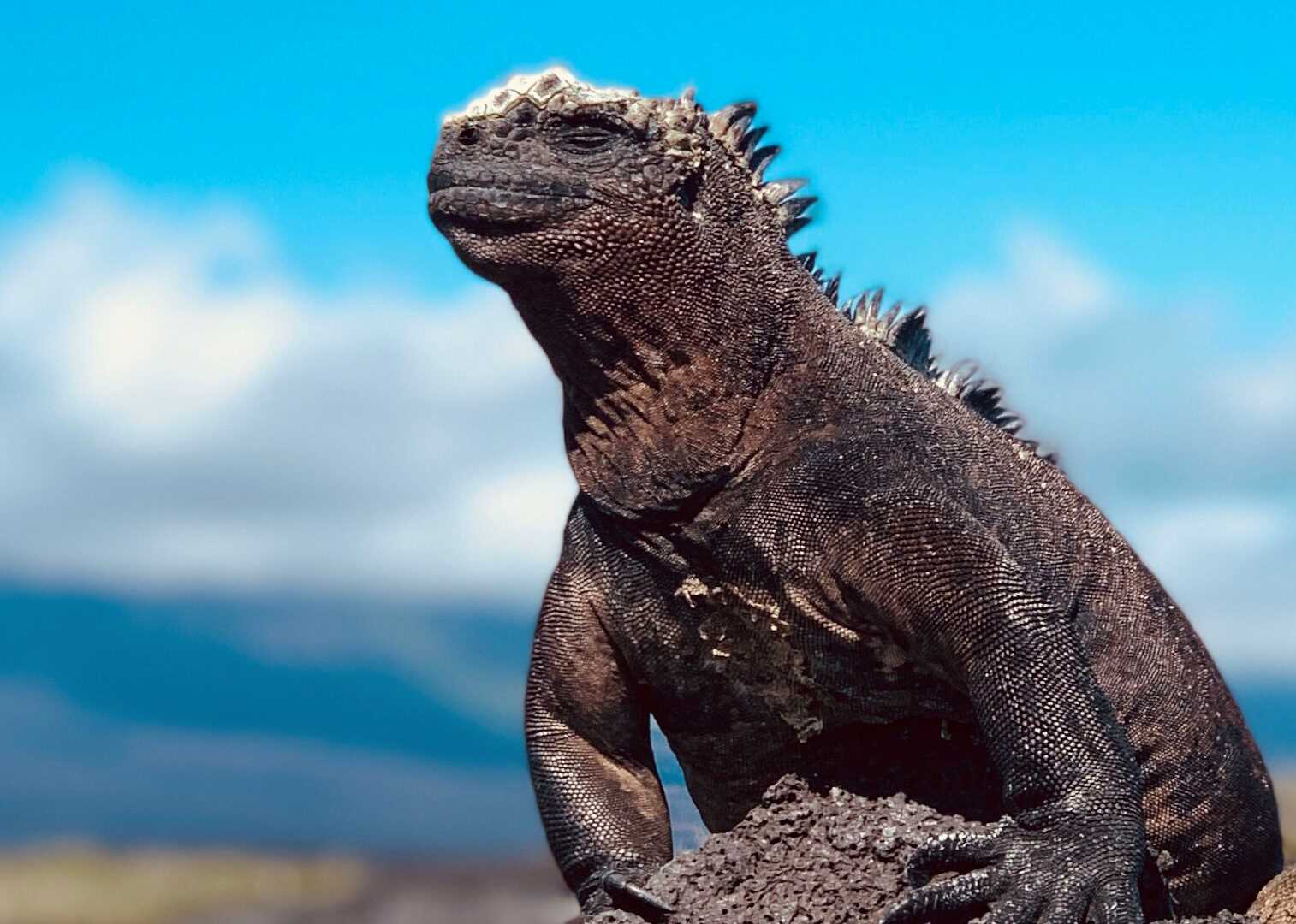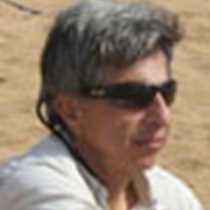Today our guest explored the westernmost realm of the Galapagos. During the morning, we snorkeled at Punta Espinosa on Fernandina Island. Countless Galapagos marine iguanas basking along the shoreline was the highlight as our guests explored the island. While snorkeling, guests observed green sea turtles and marine iguanas feeding on the seaweed covering the rocks. In the afternoon, we went on panga rides to experience Punta Vicente Roca on Isabela Island. This site offers an impressive view of a collapsed volcano. The rocky cliffs provide shelter for Galapagos fur seals, and they are a good perch for seabirds like Nazca boobies, brown noddy terns, flightless cormorants, and Galapagos penguins.
6/13/2025
Read
National Geographic Endeavour II
Genovesa Island
We started the day with excitement as we landed on the beautiful, pristine coast of Isla Genovesa - a true birder’s dream. Along the sandy beaches and steep cliffs of Darwin Bay, we were surrounded by an incredible array of birdlife. Frigatebirds soared closely overhead with their red pouches on full display, while Nazca and blue-footed boobies nested along the rocky ledges. Swallow-tailed gulls called out as we walked past. In the distance, we saw the stoic and elusive short-eared owl. The island was alive with color, sound, and constant movement. Between our excursions to Isla Genovesa, we snorkeled near Prince Philip’s Steps and discovered a vibrant world beneath the waves. Schools of fish swirled around us, a fur seal turned in the water as if dancing on cue, and sea lions relaxed nearby. As our last snorkeling adventure came to a close, we spotted a sea turtle resting calmly in a crevice. As the sun retreated into the sky on our last return to National Geographic Endeavor II, we reflected on the sheer magnitude of what we witnessed on our last full day. Isla Genovesa, like the other islands, gave us a connection to a sacred world. The harmony between land, sea, and sky reminded us how deeply interconnected, vital, and fragile these ecosystems are. Watching birds tend to their nests and marine life swim effortlessly, we were struck by how little space there is between wonder and reverence. We recognized that our journey wasn’t just about observing unique wildlife, it was about feeling part of something grander and beautifully ancient.







